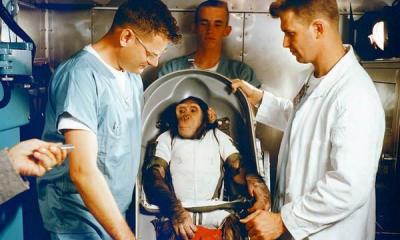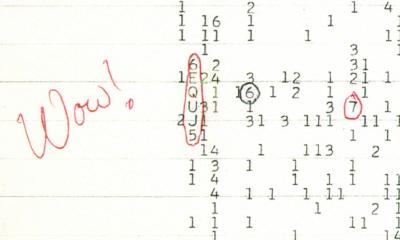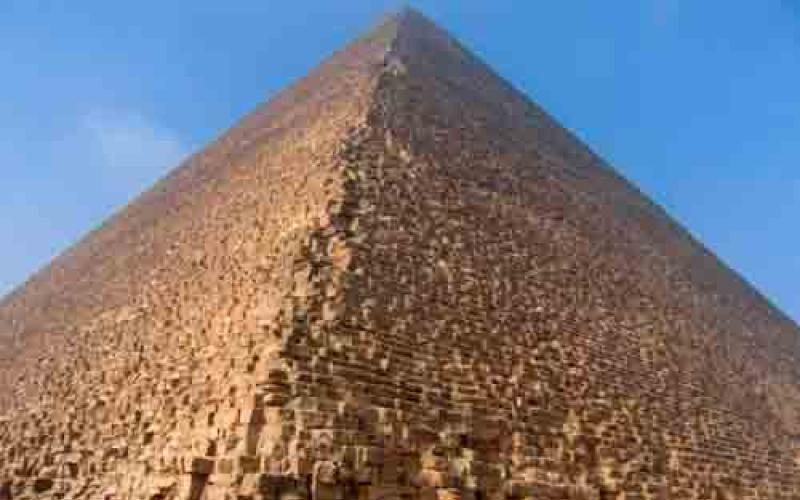The Amazon River is one of the most amazing bodies of water on Earth. There are a lot of rumors and speculation about the river itself and the forests surrounding it, but for you we have collected only proven facts that allow you to once again be convinced of the uniqueness of the Amazon.
The Amazon rainforest is home to more than half of the 10 million animal species that live on our planet.

Over 3,000 types of fruits grow in the Amazonian forests. For comparison, in Western countries they eat about 200.

The name of the river was given by the Spanish conquistador Francisco Orellana (Francisco Orellana), whose detachment allegedly saw a tribe of legendary warriors and entered into battle with them. At first he wanted to name the river after himself, but after the battle he settled on the name "Amazon", comparing the brave female warriors with the Amazons from Greek mythology.

The Amazon is so biodiverse that there can be more ant species on a single bush than there are in the British Isles... and that's just ants!

The daily flow of the Amazon is equal to the supply of water that is enough to use the entire city of New York for 12 years.

Scientists have found that every year dust storms in the Bodele Trench in the Sahara Desert transport 40 tons of dust across the Atlantic into the Amazon Basin every year.

A fish called arapaima weighing about 136 kilograms lives in the waters of the Amazon. It is covered with durable embossed scales, the multi-layered compositional structure of which allows it to survive in the environment of piranhas.

Once upon a time, Henry Ford built a working settlement on the Amazon, in which people lived who harvested rubber. Today Fordlandia is an abandoned ghost town.

In terms of water flow, the Amazon River is larger than the next 8 largest rivers on the planet combined.

In the forests of the Amazon, a microscopic fungus (Pestalotiopsis microspora) was discovered, which, surprisingly, can live exclusively on plastic, more precisely, polyurethane. Moreover, he can do this even in the absence of oxygen.

Once the Amazon flowed into the Pacific Ocean, but then changed its direction in the opposite direction.

The mouth of the Amazon River is so wide that its waters, flowing into the Atlantic Ocean, wash the shores of the island of Marajo. The size of this island is approximately equal to the territory of Switzerland.

From the Amazon River, such a large volume of fresh water flows into the Atlantic that it desalinates the salty waters of the ocean for almost 160 kilometers. This vast area is called the Fresh Sea.

There is a theory that the Amazon is actually a giant orchard left over from a civilization that flourished in this area about 3,000 years ago.

There are tribes living in the Amazon basin who have not yet made contact with civilization, and some scientists are against contacting them.

There are thought to be 2.5 million species of insects in the Amazon Basin, and more than half of them are thought to live under the leaf canopy.

Juliane Koepcke, 17, fell deep into the Amazon jungle when the plane she was traveling in crashed. All passengers in the amount of 91 people died, and the girl made her way through the jungle for a week and a half before she managed to reach people.

Scientists have found evidence of man-made Terra Preta soil that covered vast swaths of the Amazon. They believe that the inhabitants of ancient civilizations covered the earth with this artificial, nutrient-rich soil, which allowed the construction of cities and agriculture.

While in the past numerous expeditions have tried to find ancient Amazonian cities rumored to be covered in gold, over time scientists have begun to doubt that civilization could have thrived in such harsh conditions and on such barren soil.

20% of the oxygen on our planet is produced by the Amazon rainforest.

Under the Amazon, at a depth of about 4 kilometers, another river flows called Hamza: it is much wider and just as long.

Every year for three weeks, a full moon sets off a tidal wave that moves up the Amazon every night. Some surfers manage to ride the wave for more than 10 kilometers.

Slovenian ultra long distance swimmer Martin Strel is the first person to swim across the Amazon, swimming 80 kilometers every day. It took him just over two months.

Some ant species living in the Amazon are known for raiding neighboring colonies and taking other ants as slaves.

Recently discovered in the Amazon, a species of blind underground ant is believed to be a direct descendant of the very first ant species.









